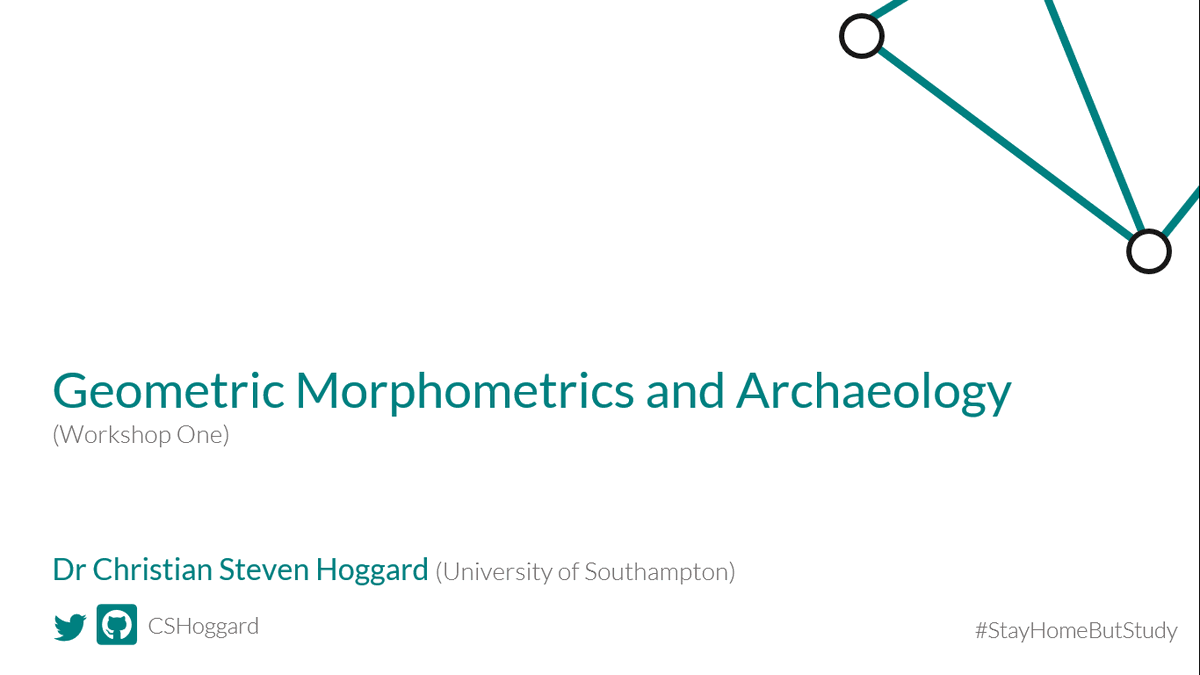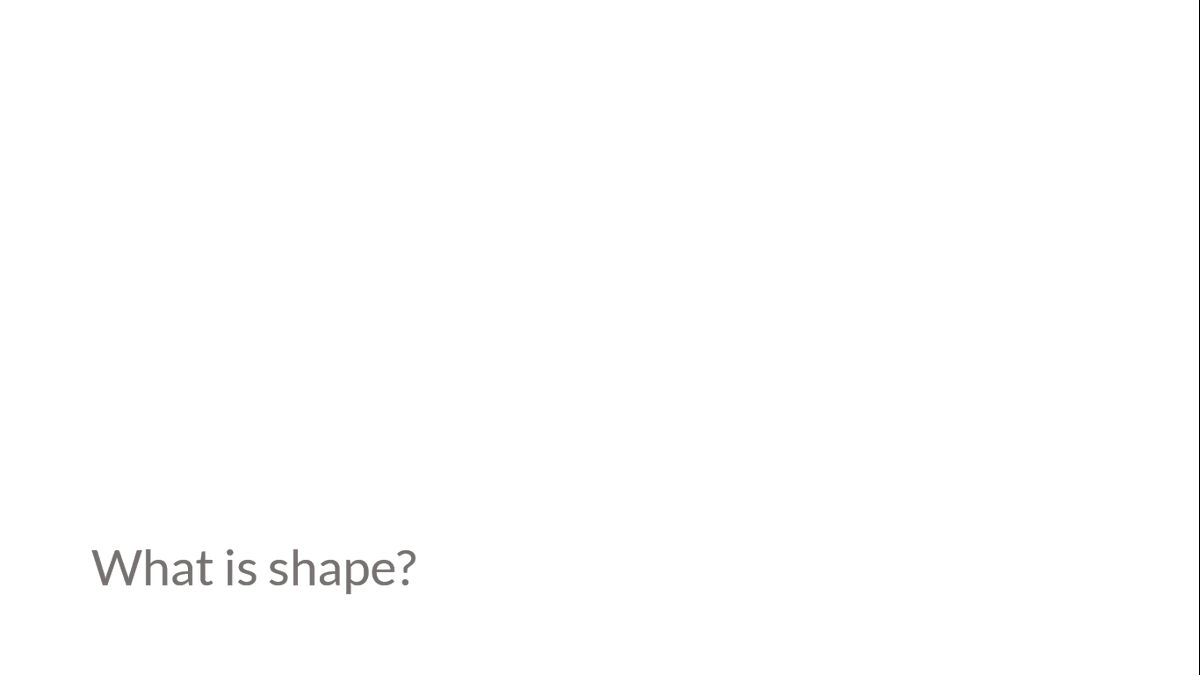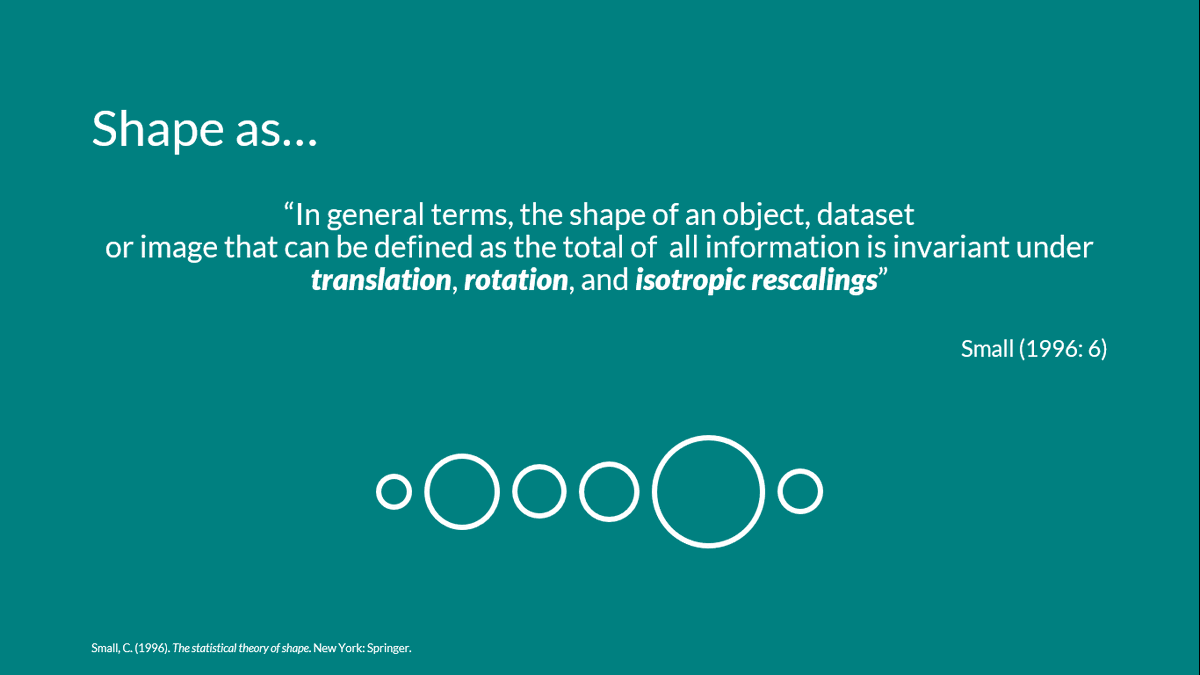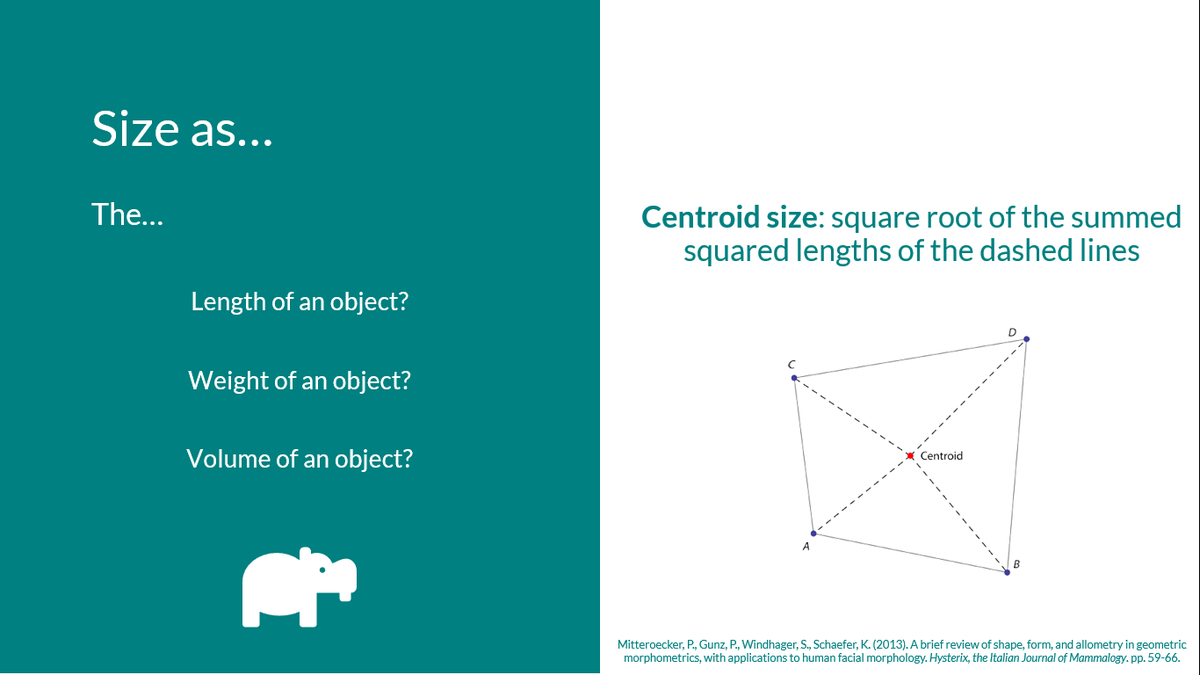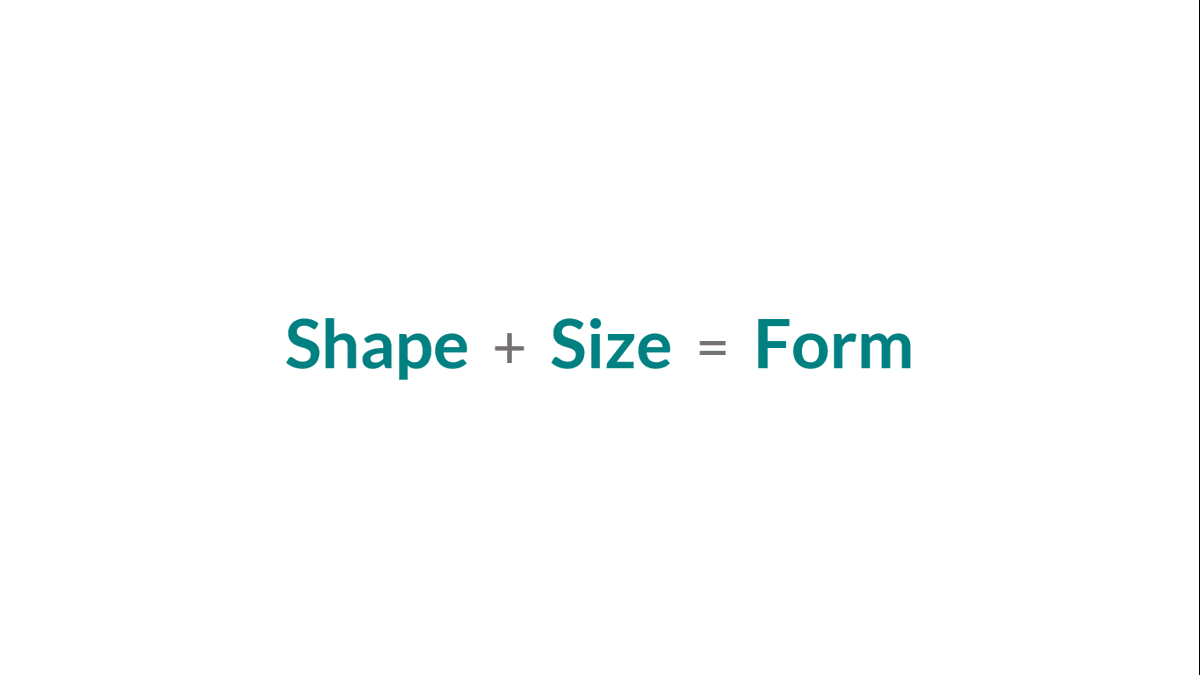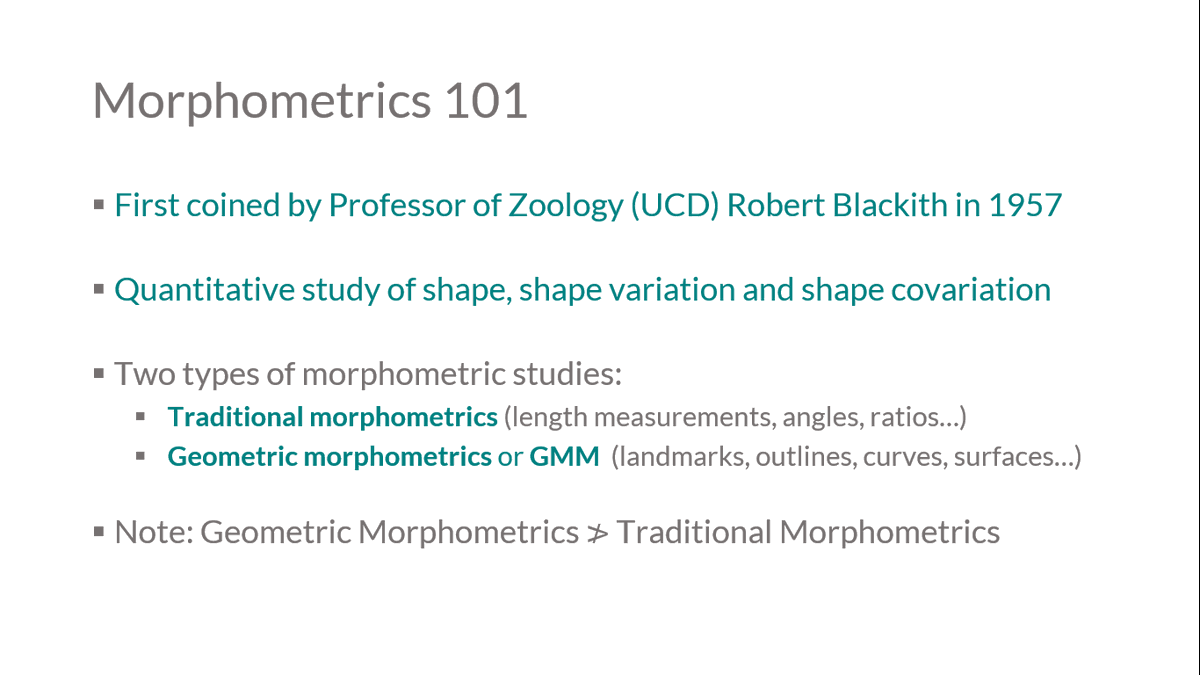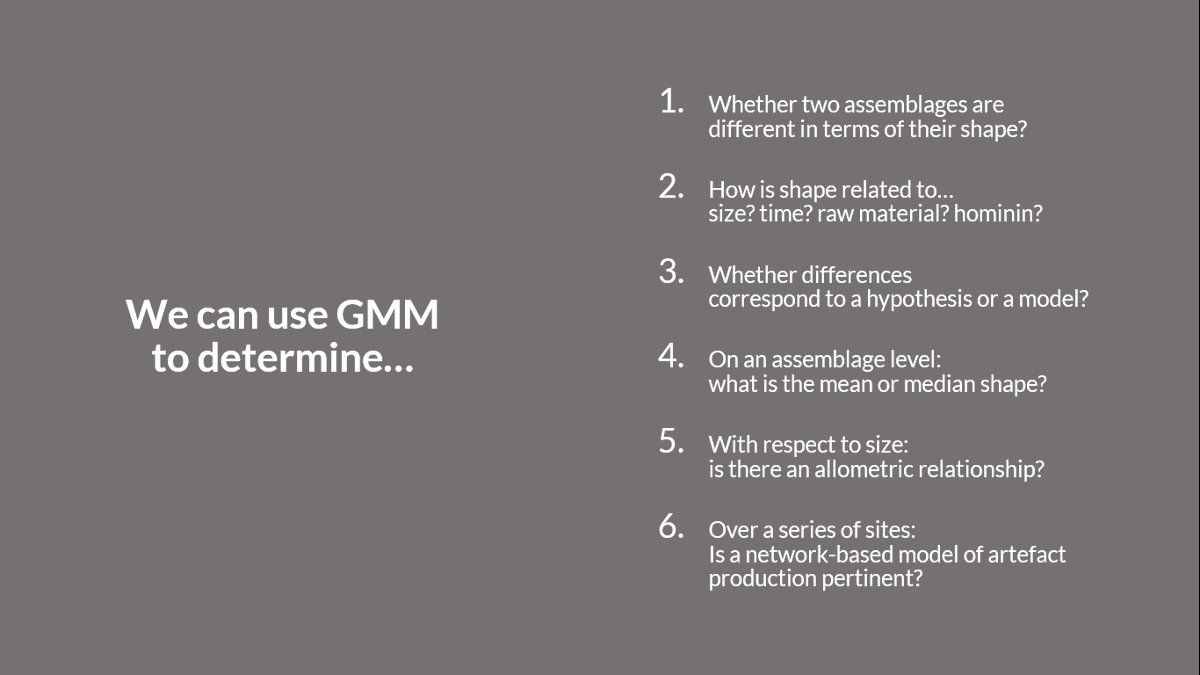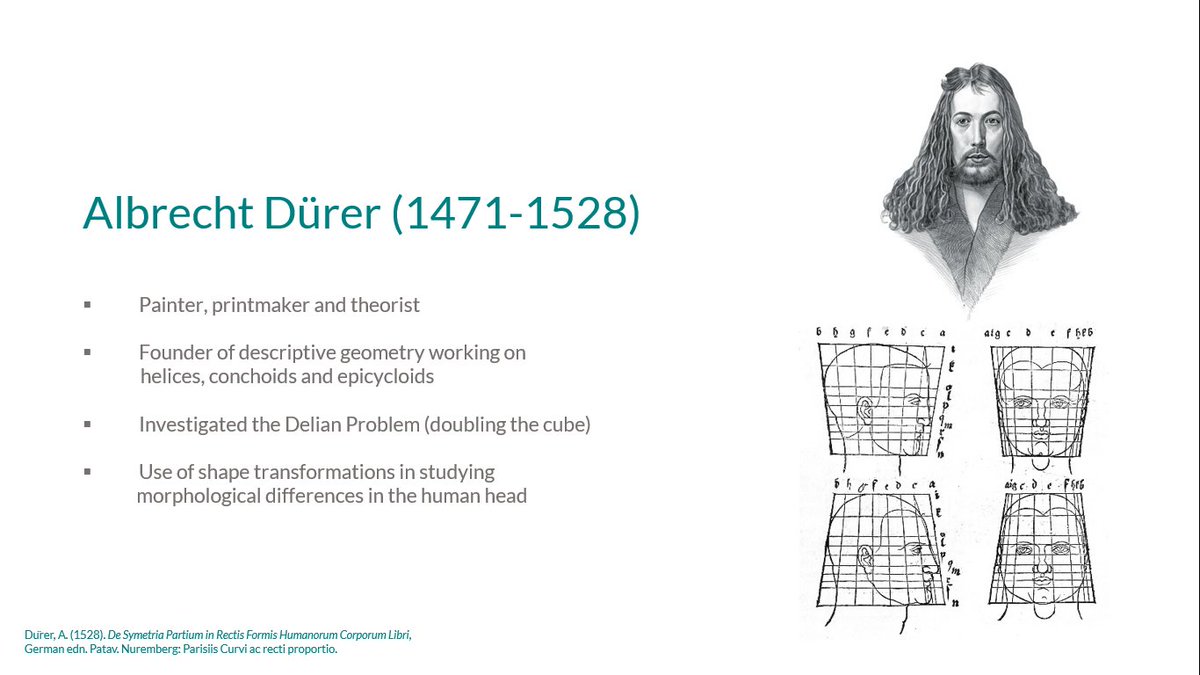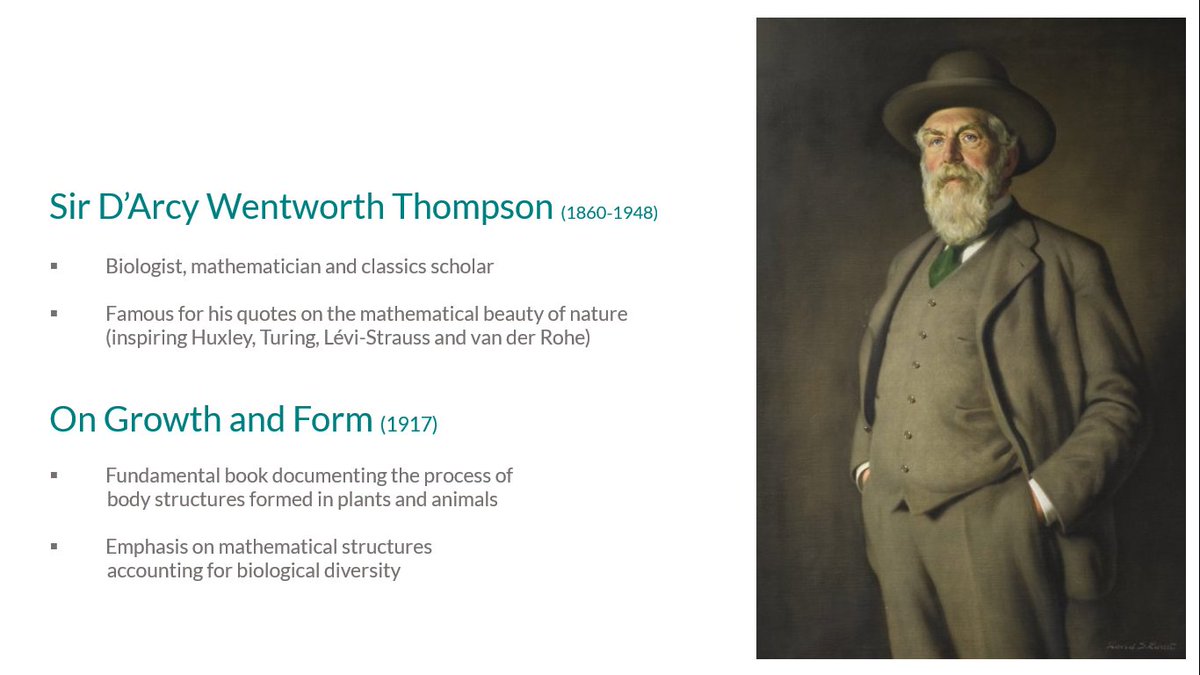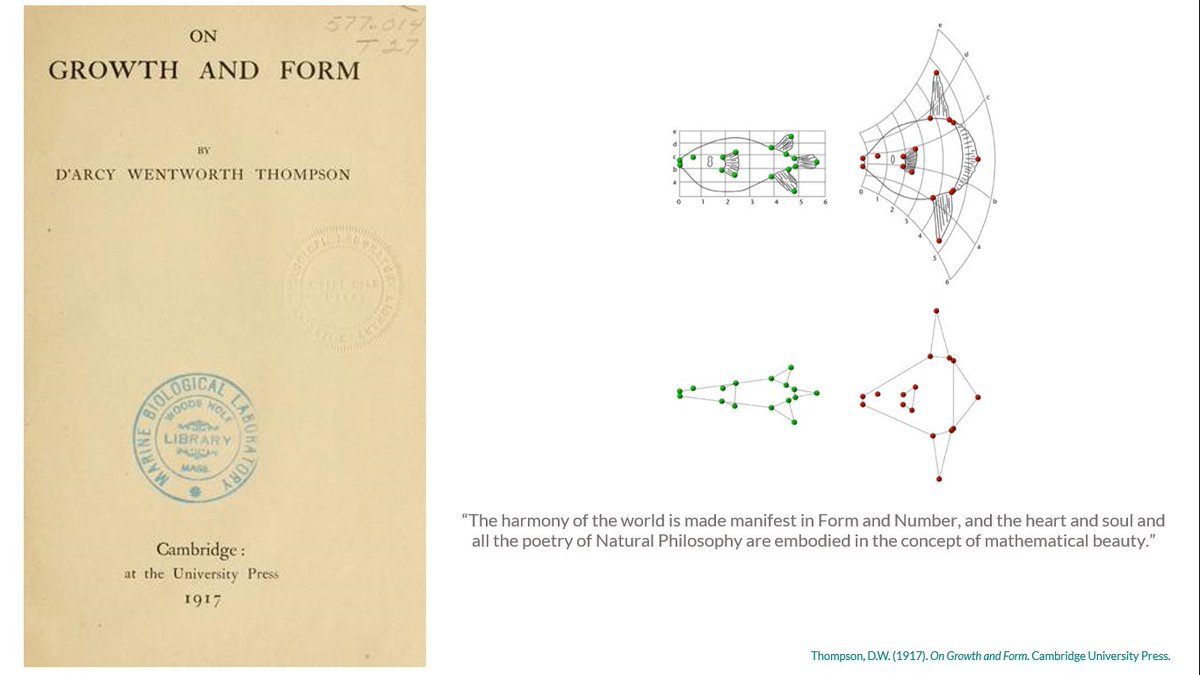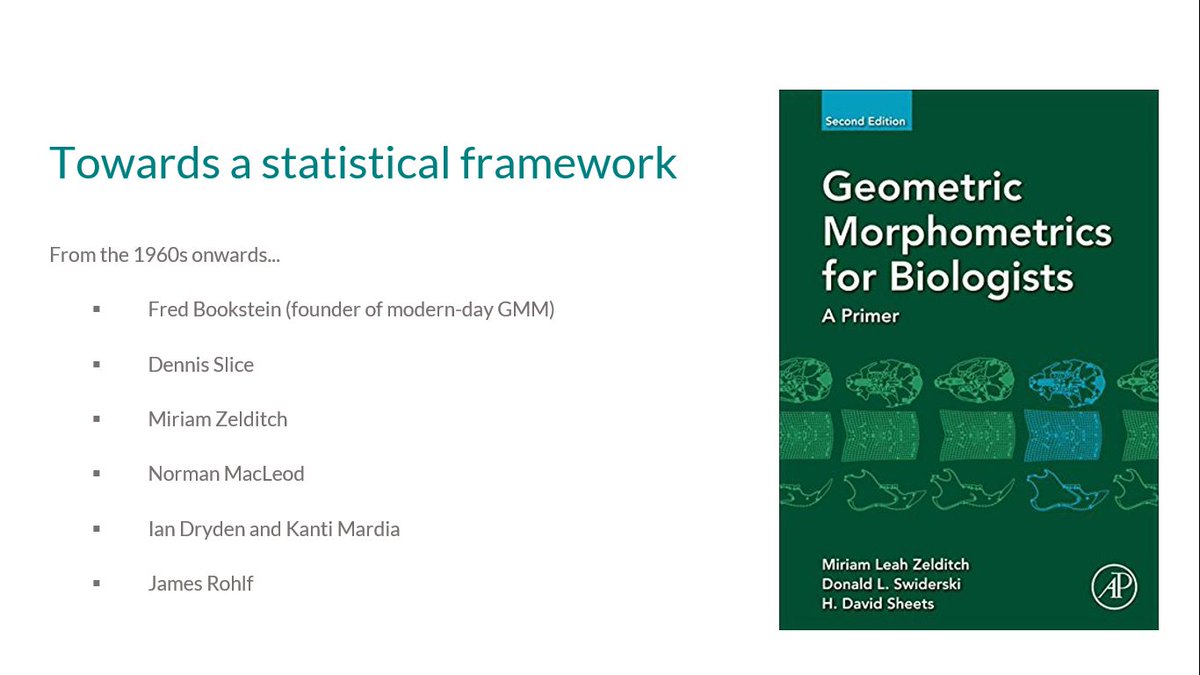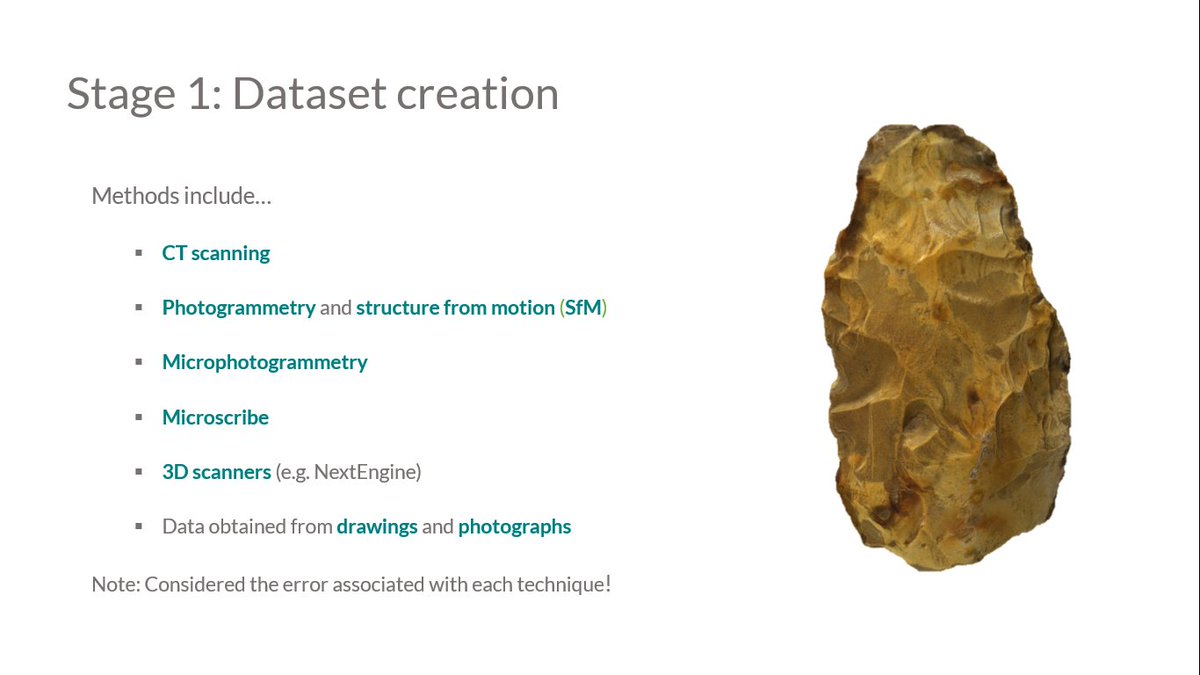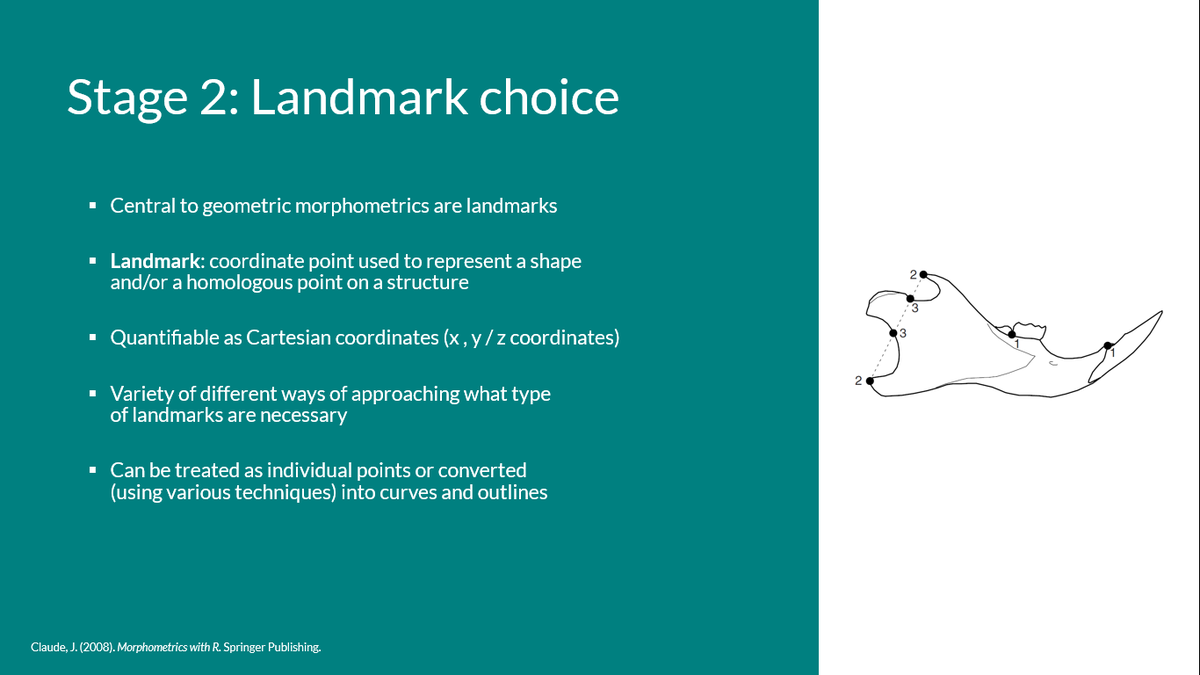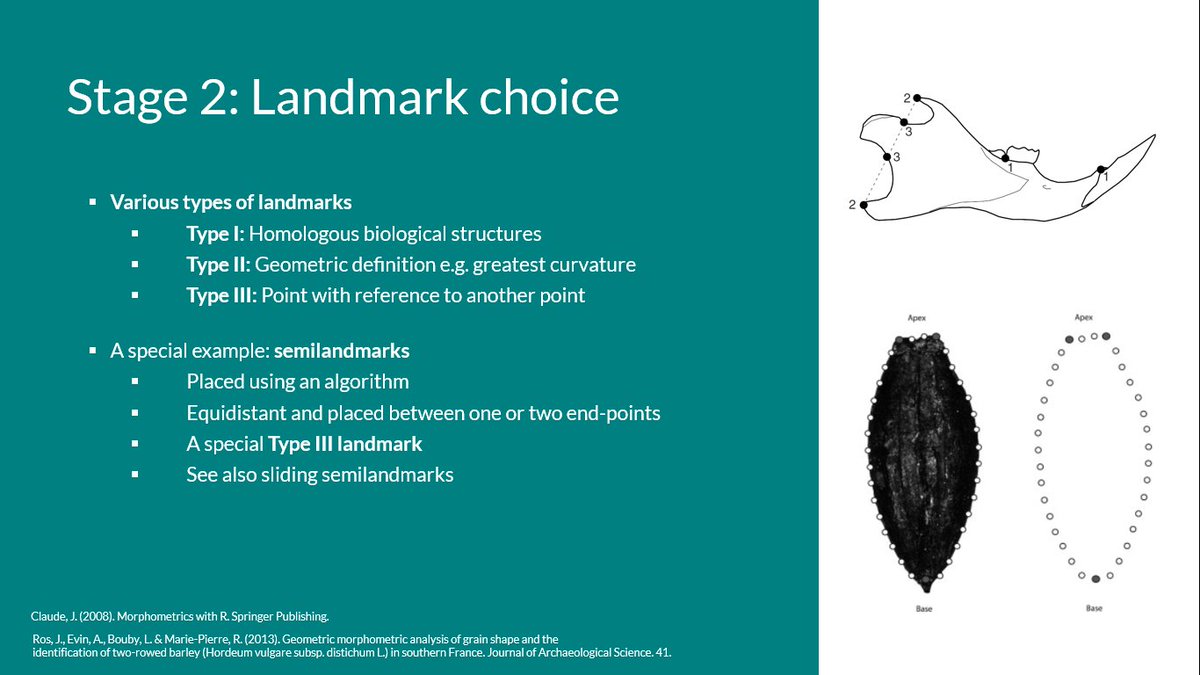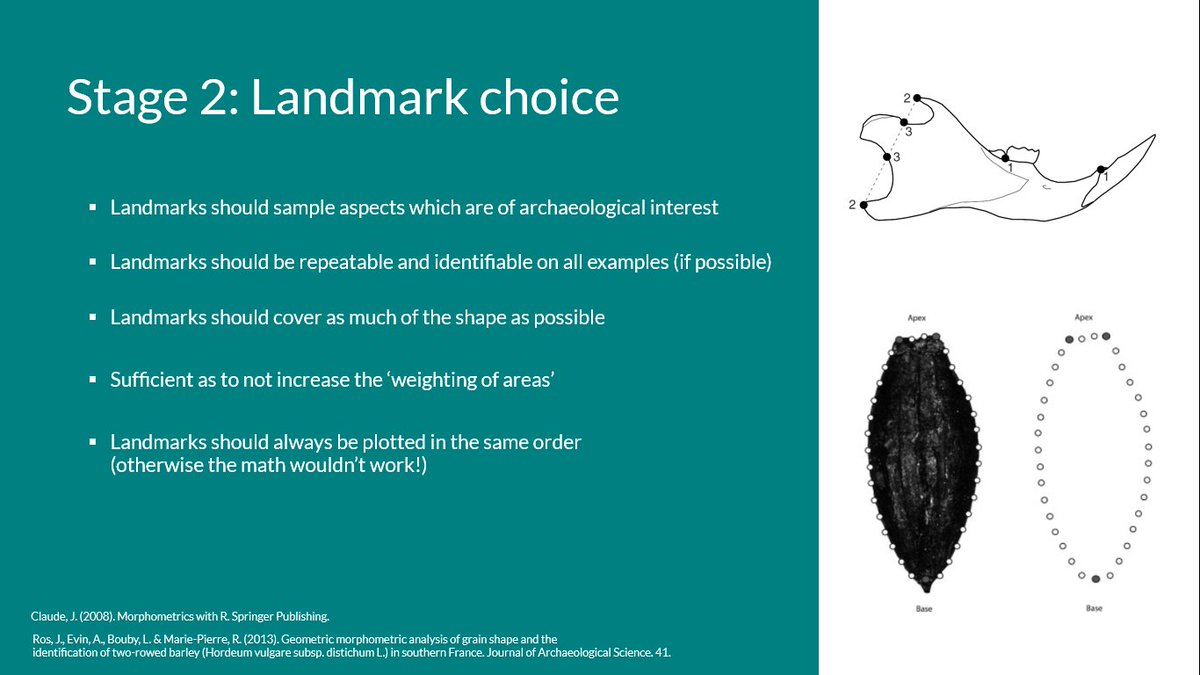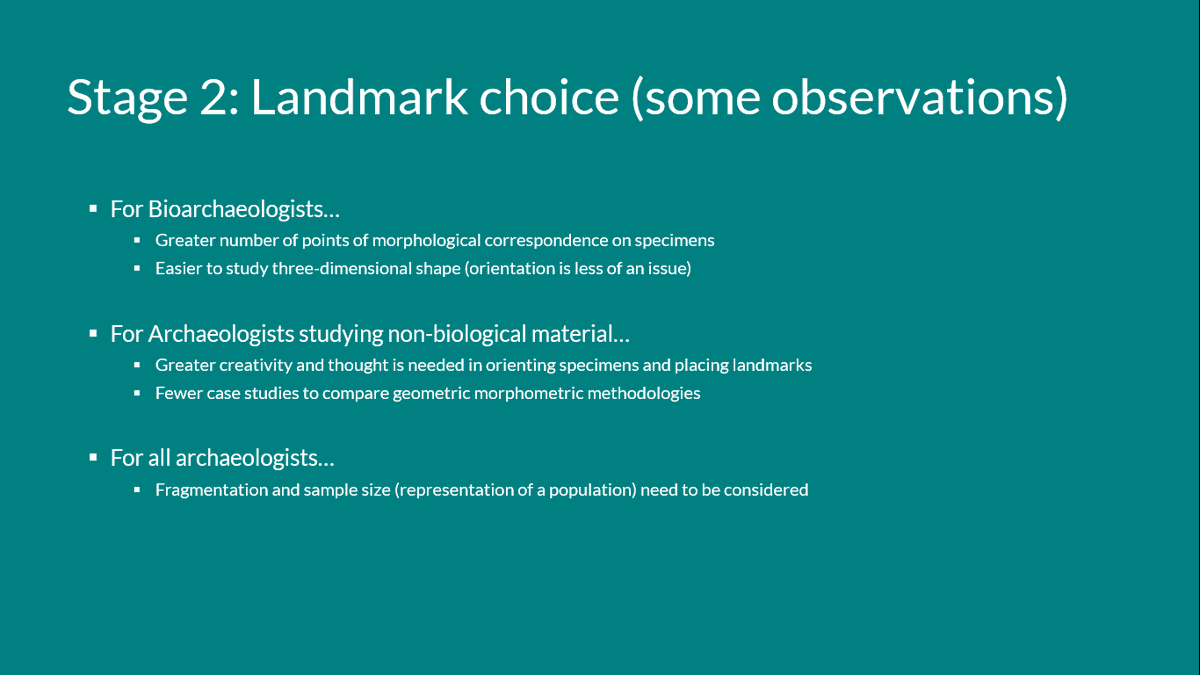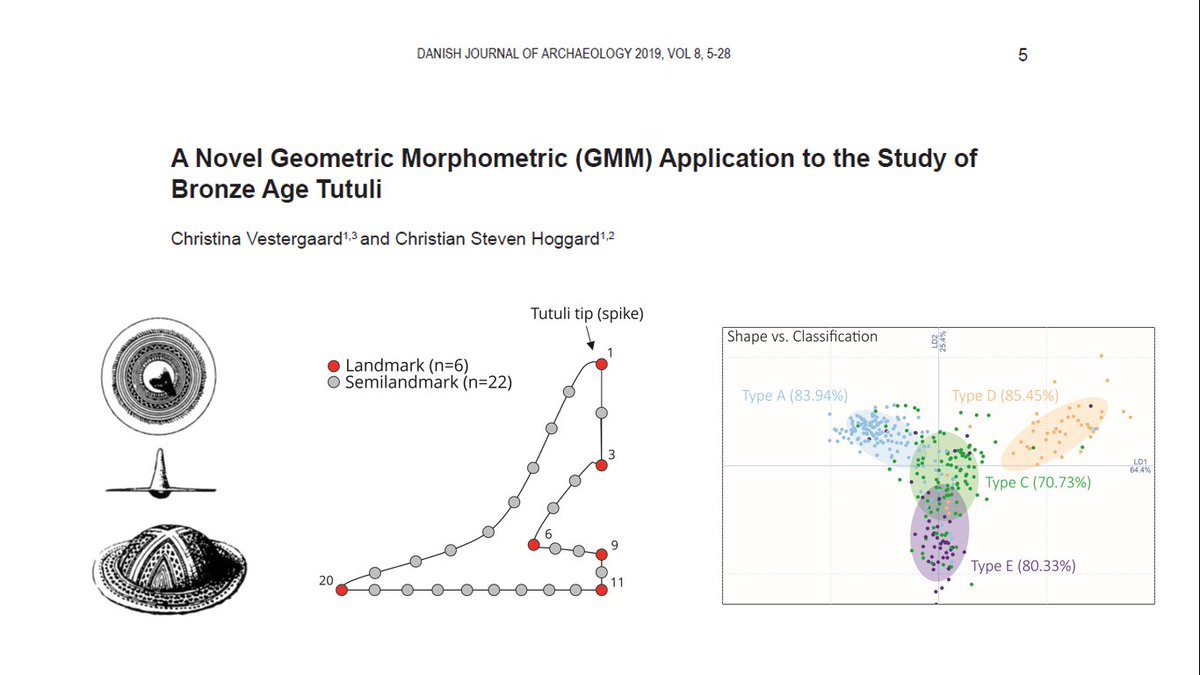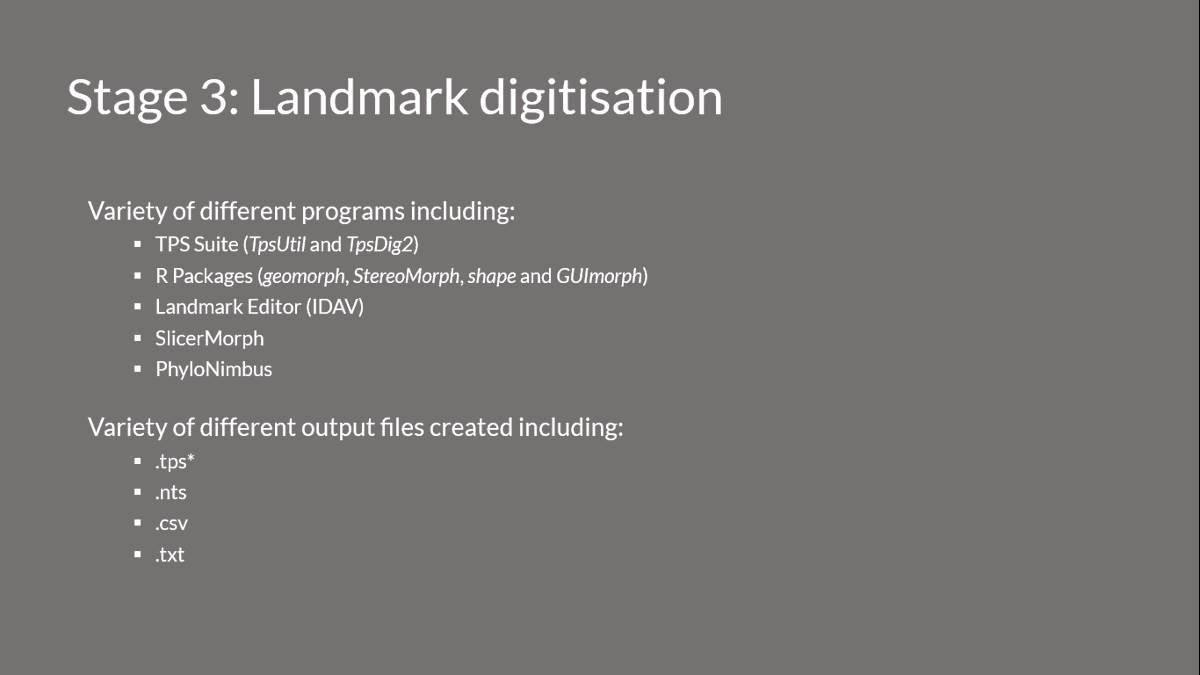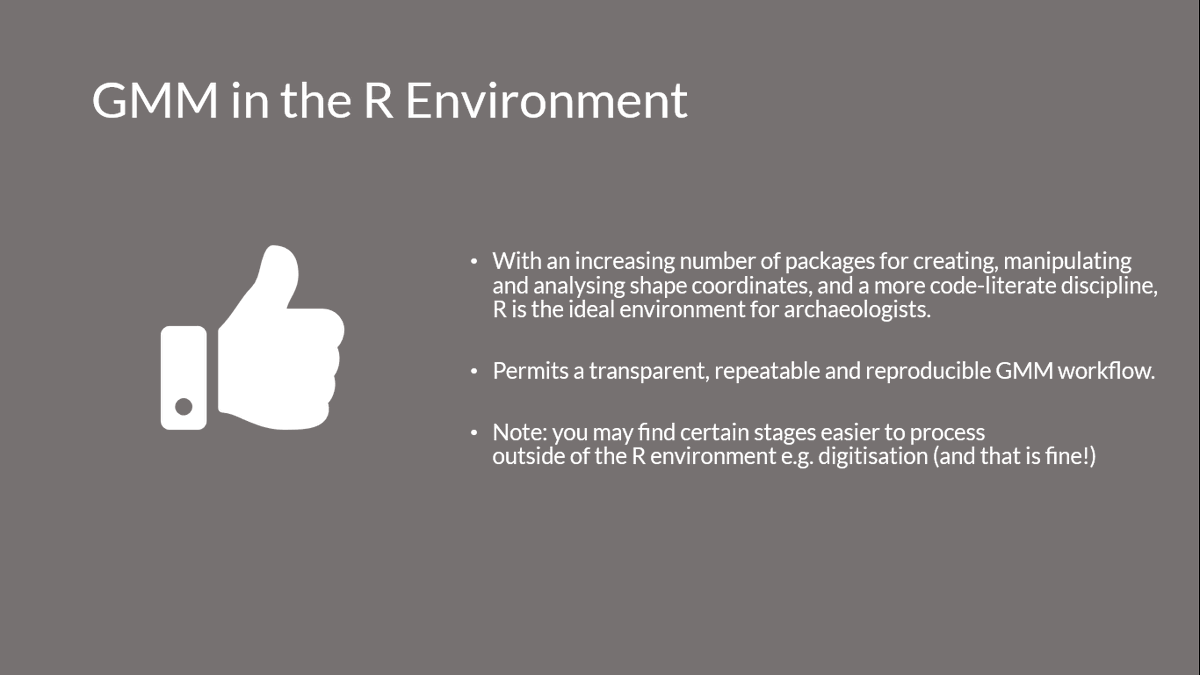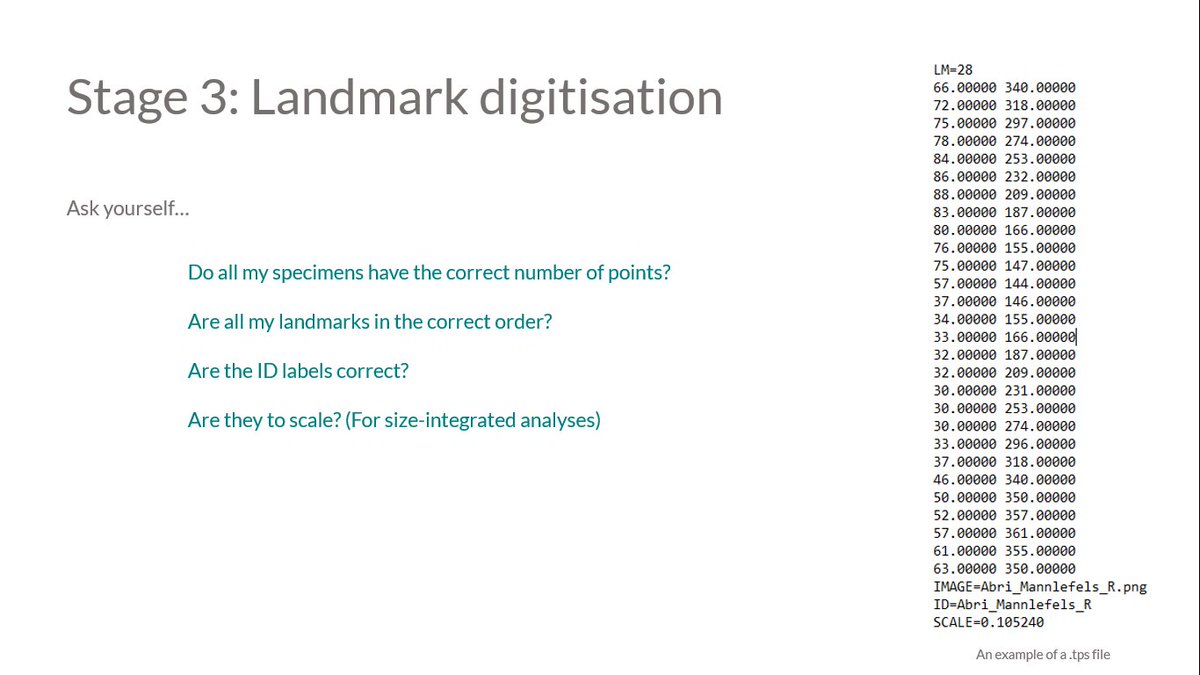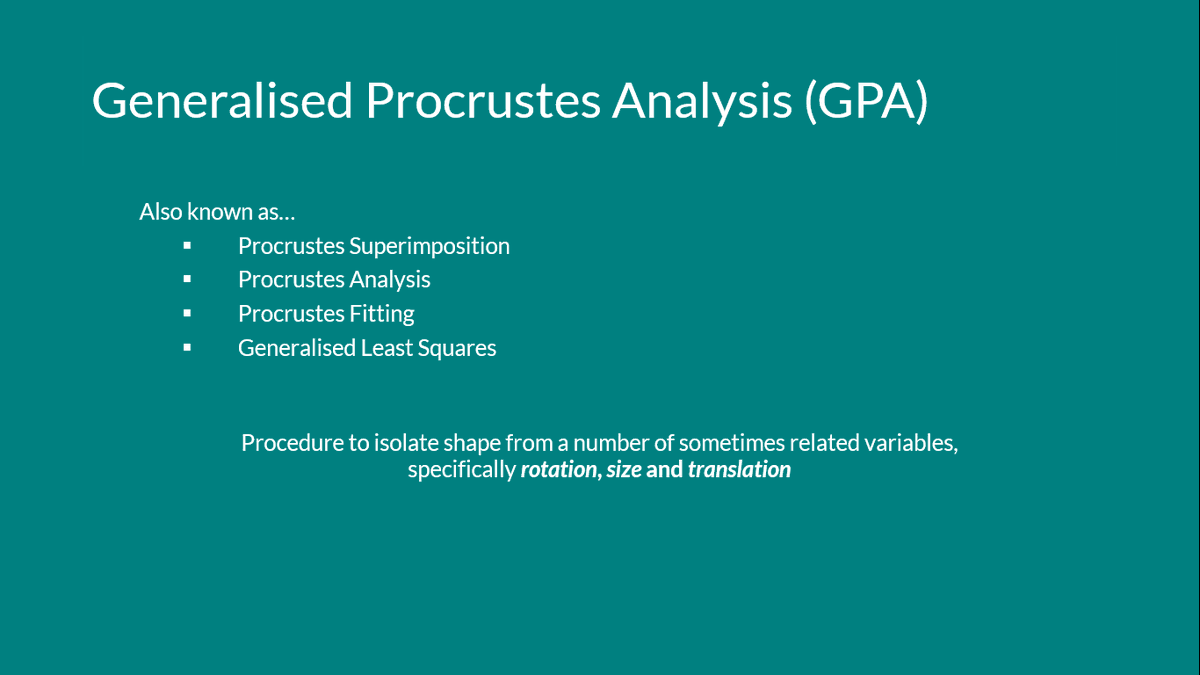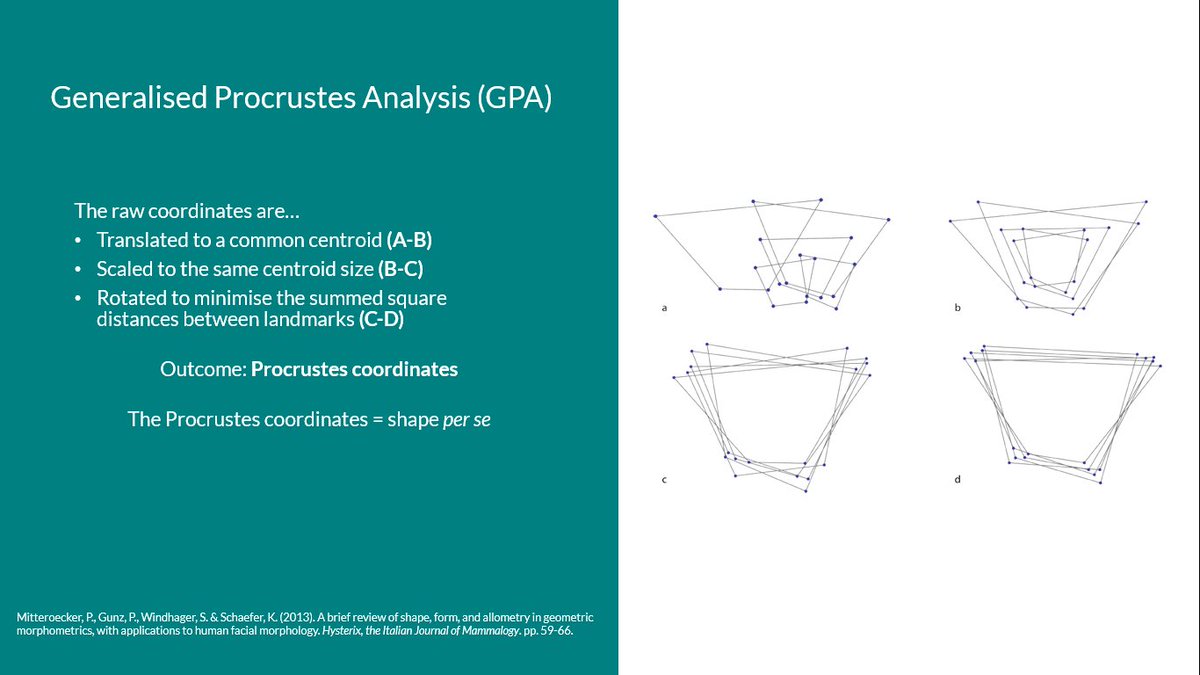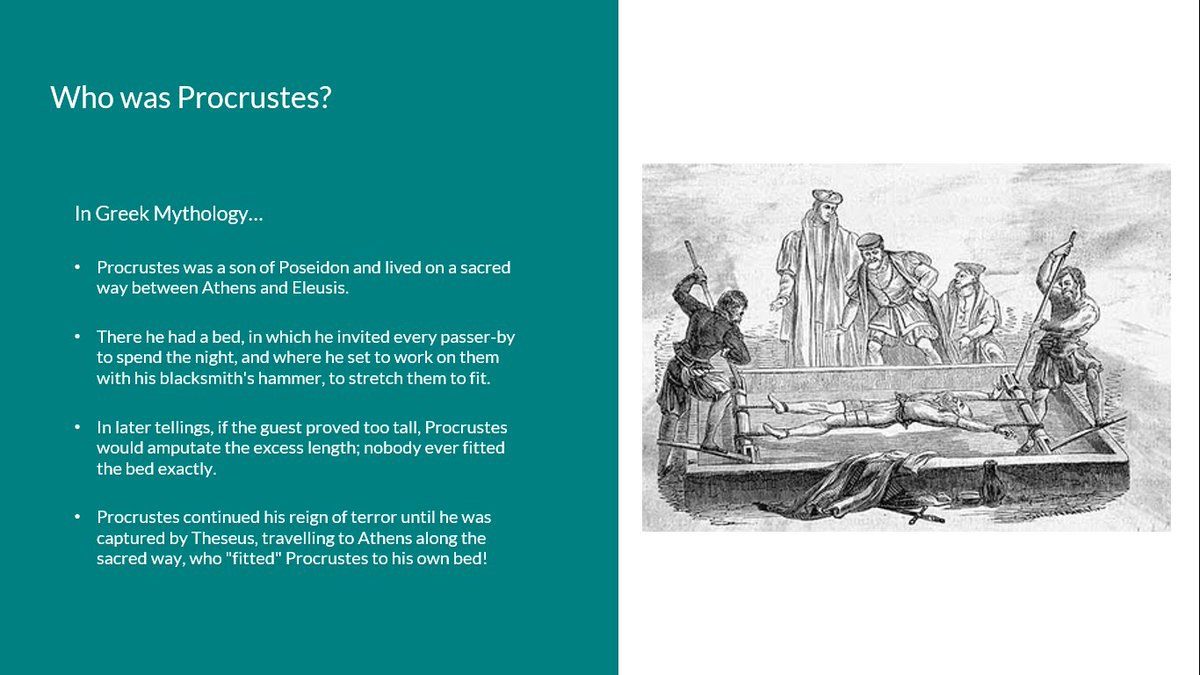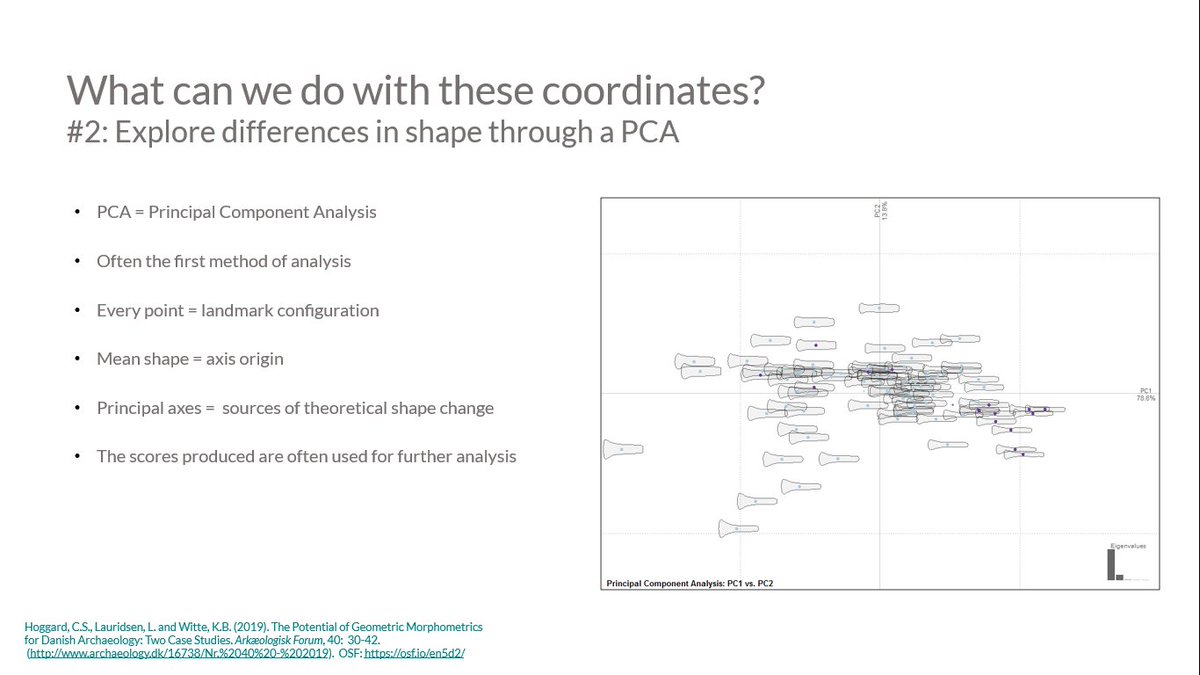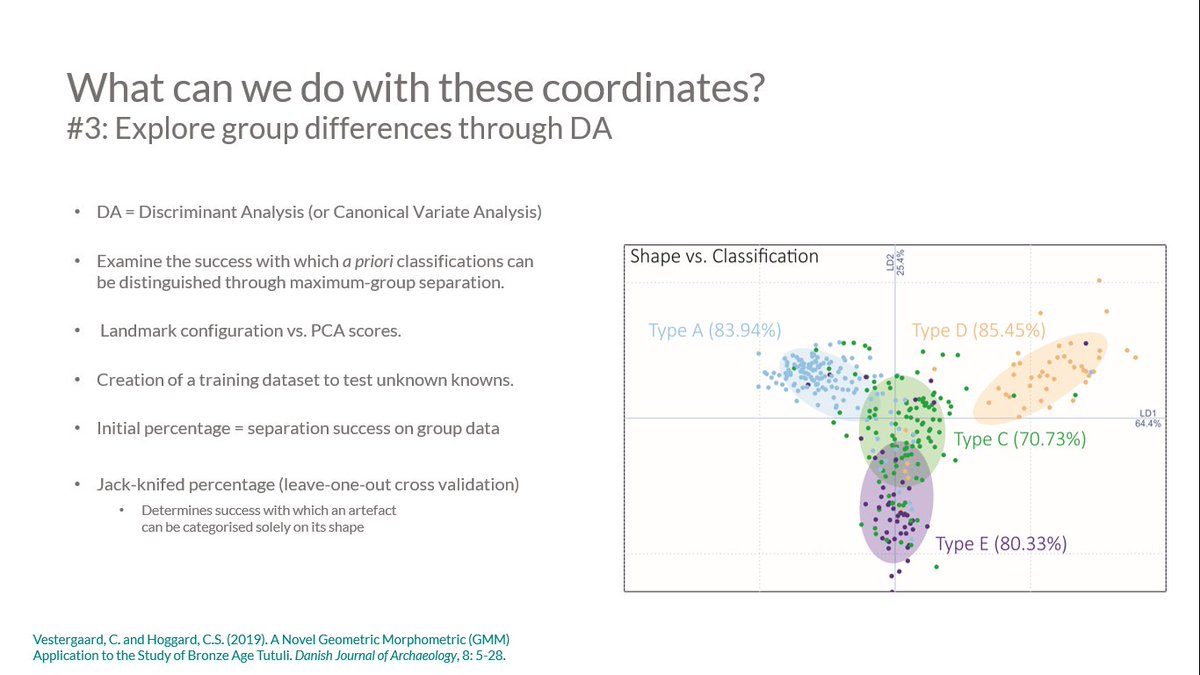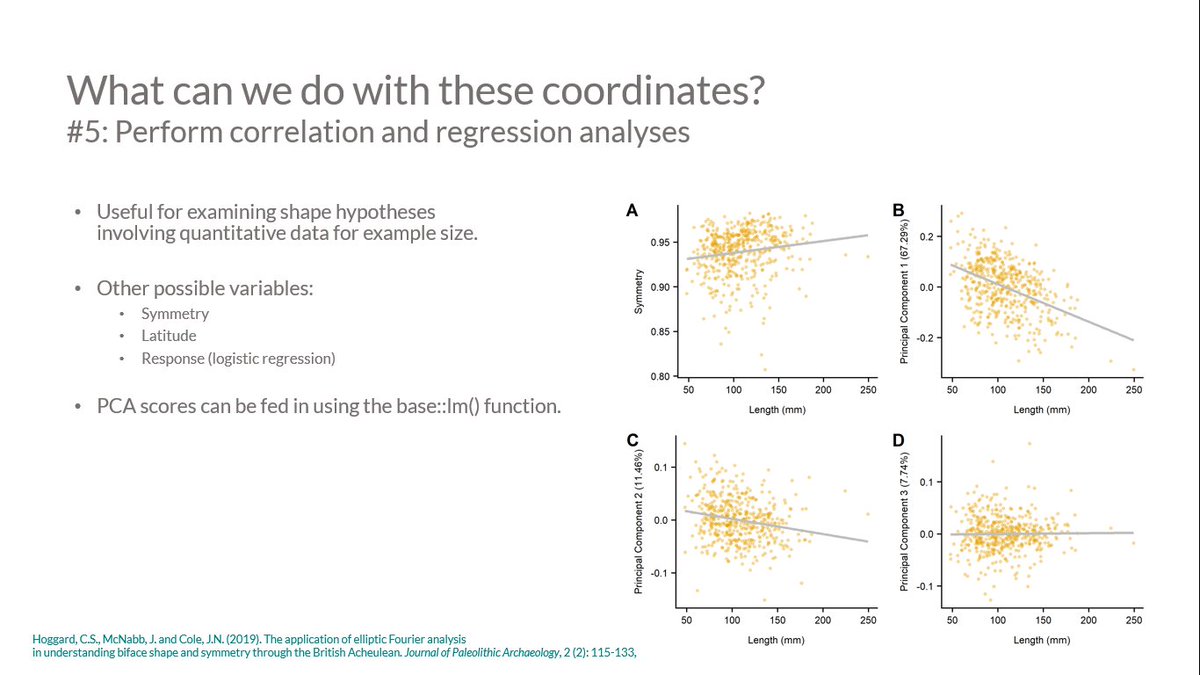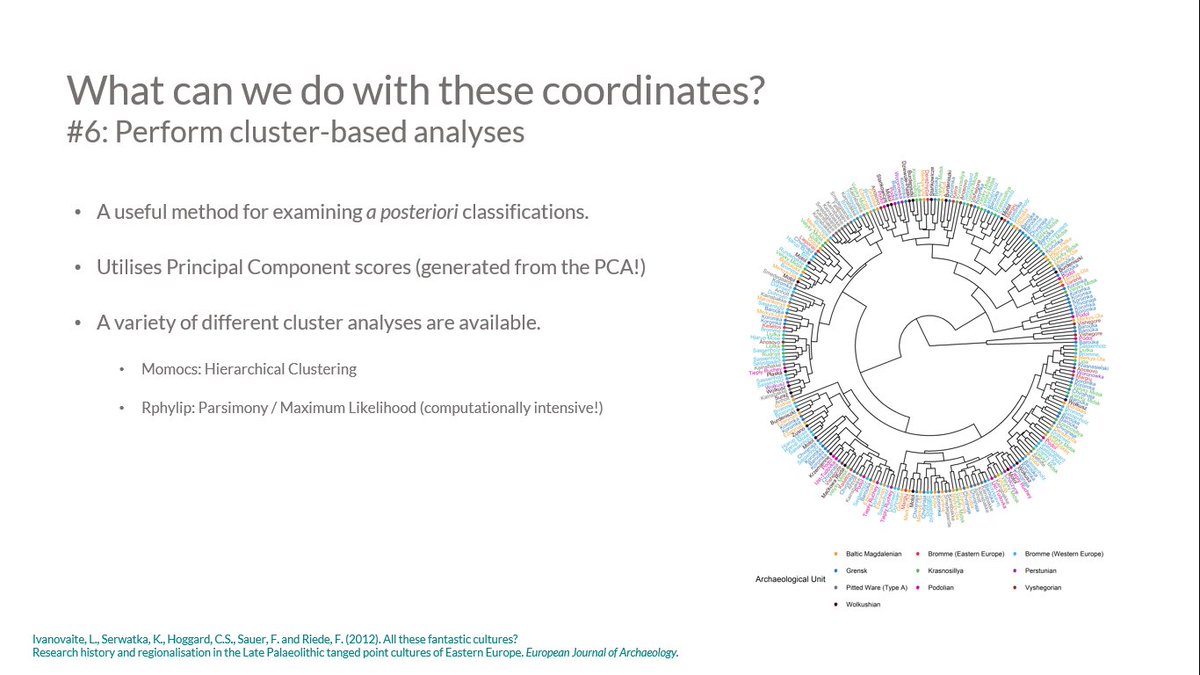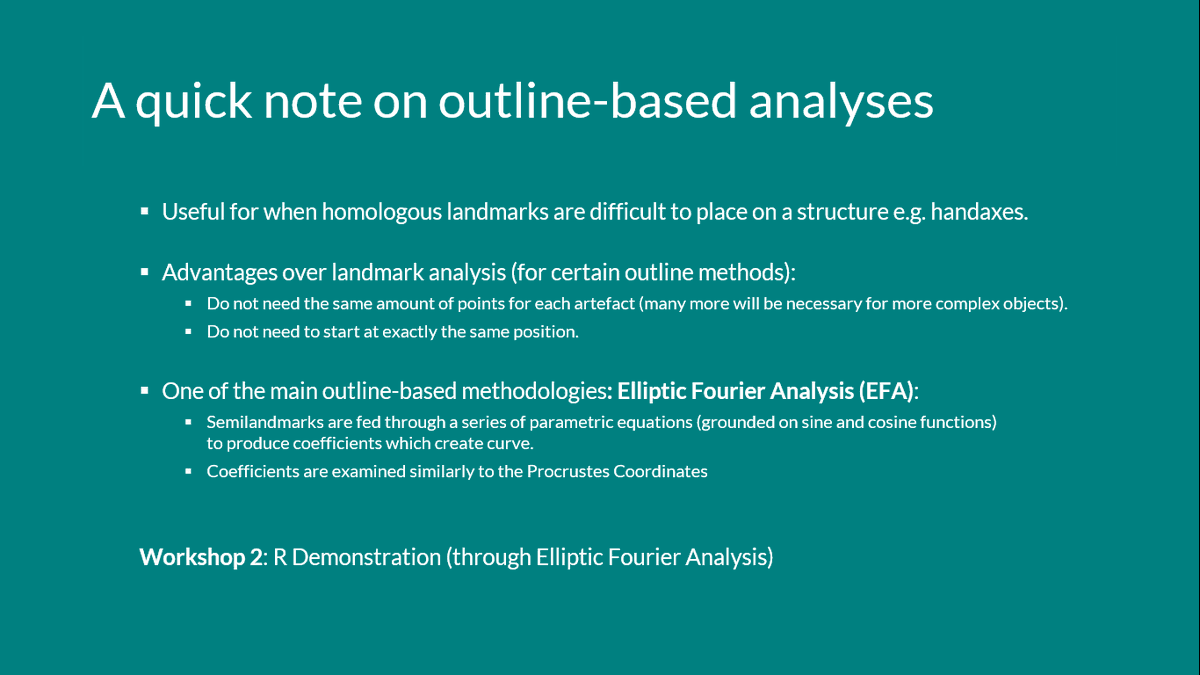It was a pleasure to lead a mega three-hour session on GMM to Japanese archaeologists, enthusiasts and researchers (w. @fujimicho, @benmarwick). Here is a mega-thread on GMM and Archaeology! 1/25
Shape is fundamental to our everyday lives, so it is unsurprising that archaeologists have long been interested in quantifying and examining artefact shape. But before we discuss how GMM can be employed, we need to know what shape & #39;actually& #39; is... 2/25
Perhaps the most concise definition of shape is provided by the statistician Prof. Christopher Small (see below). What Small is stressing here is that shape does not change whereabout on the page it is, does not change however you rotate it, or however you size it... 3/25
So six circles or equilateral circles have the same shape. But two objects can have the same shape, but be of different size. But this too is difficult to define. What is bigger: a hippo, a snake or a giraffe? Our definitions can differ depending on our measure... 4/25
So we can use a lineal measurement or the more-preferred centroid size (see above definition). In instances where we are discussing artefact shape and artefact size, we can say we& #39;re talking about artefact form. 5/25
All three variables can quantified, analysed and understood through the discipline of morphometrics. First coined by Blackith in 1957, morphometrics is the quantitiative study of these variables. These can be divided into traditional and geometric morphometrics! 6/25
And I want to stress that one method is not & #39;better& #39; than the other. Both are equally valid in understanding variation in artefact shape + form, and can aid interpretations in human behaviour. However, with GMM we have a greater amount of shape info (among other advantages) 7/25
But before we detail the geometric principles of GMM it is worth highlighting the historical context and background, and how we got to where we are today (following a 600-year journey!) 9/25
Perhaps the origins of GMM can be accredited to painter, printmaker and theorist Albrecht Dürer (1471-1528). In addition to his rhinoceroes drawings, and work on mathematical problems (including the Delian problem), Albrecht adopted transformation grids! 10/25
A few hundred years later, we get to the work of biologist, mathematician and cool-name-sounding Sir D& #39;Arcy Wentworth Thompson. His 1917 work On Growth and Form emphasised mathematical structures accounting for biological diversity and shape-change constants... 11/25
through the adoption of landmarks and deformation grids. While his work contrasted Darwinian notions of evolution, his rhetoric and language inspired many including Huxley, the epigeneticist Waddington, Corbusier and others (see the below quote)... 12/25
In the last fifty years, the adoption of a statistical framework (through the work of Bookstein and others) has revolutioned morphological studies of human and artefact shape and form. 13/25
First we must collate data to extract shape data from. These can be from a variety of two- and three-dimensional methods (scans, illustrations, photographs...), but there is a necessity to consider the error with each technique adopted. 14/25
Fundamental to GMM studies are landmarks. There are a variety of different types (including semilandmarks), but there are a set of principles which we must adhere to when collecting our data... 15/25
For bioarchaeologists, there are arguably a greater number of morphological points of correspondence, whereas greater creativity is necessary for non-traditional archaeological approaches to GMM. Fragmentation and sample size are (rightly so) important considerations... 16/25
One example (plug, plug plug...) includes our recent work on Nordic Bronze Age Tutuli (small round metal plates associated with clothing and burials), where a combination of landmarks and semilandmarks were implemented to examine Scandinavian typologies... 17/25
There are a variety of different landmark programs available, but with an increasing number of packages, and a more code-literature discipline, R is becoming increasingly adopted. And rightly so! We need a replicable, repeatable and reproducible GMM discipline! 18/25
Once you have your landmarks you need to review the number, location and labelling of your landmarks. Are they to scale? 19/25
Great! Now we can extract the shape of our specimens. Remember our definition of shape? We need to rotate, resize and reposition appropriately. This is done through a Generalised Procrustes Analysis! 20/25
But now we have the shape data (Procrustes Coordinates), hooray! Now we can visualise differences in the shape of artefacts, and investigate these artefacts through an exploratory and statistical analysis (with a few further plugs...) 22/25
Of particular interest to me are clustering analyses through conventional methods (hierarchical clustering) and more computationally-intensive methods including maximum likelihoods and parsimony analyses! 23/25
Finally, let& #39;s briefly discuss outline analyses! They are really cool, varied and benefit morphologies with fewer points of morphological correspondence.
(The second workshop covers this more...) 24/25
(The second workshop covers this more...) 24/25
In the future we& #39;ll be more creative, more analytical (using machine learning and advanced methodologies!), more replicable, more reproducible and more automated! More information can be found on my GitHub repository for this workshop. Boom! https://github.com/CSHoggard/-workshopjapan2020">https://github.com/CSHoggard... 25/25

 Read on Twitter
Read on Twitter